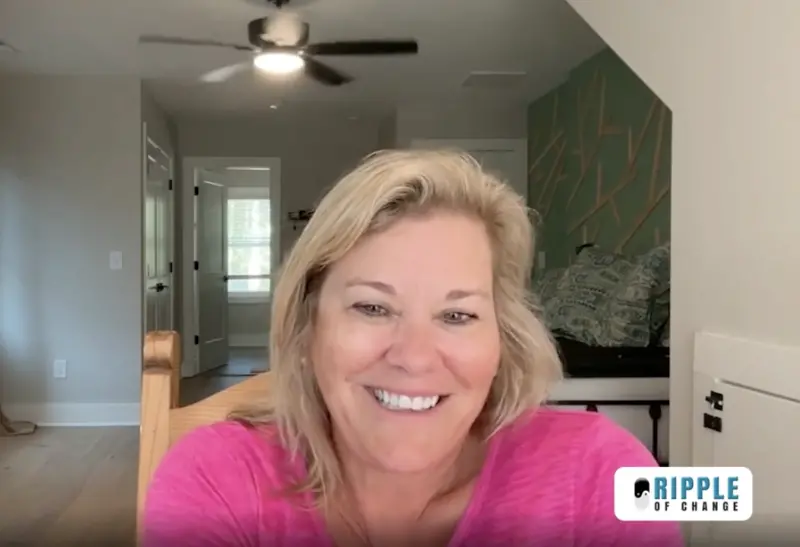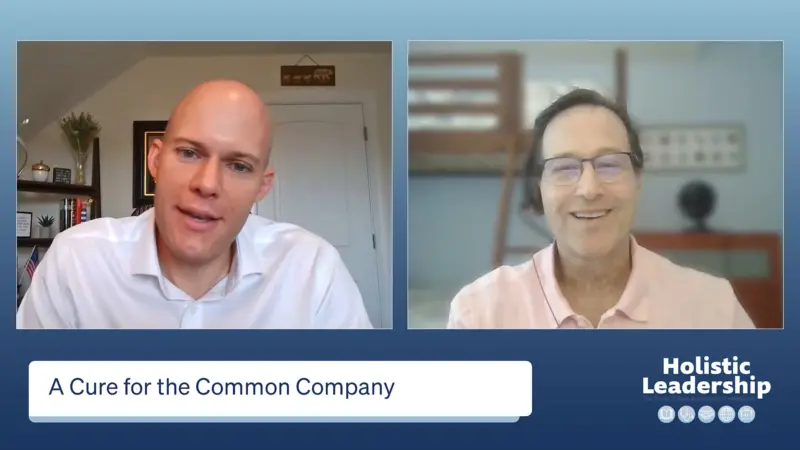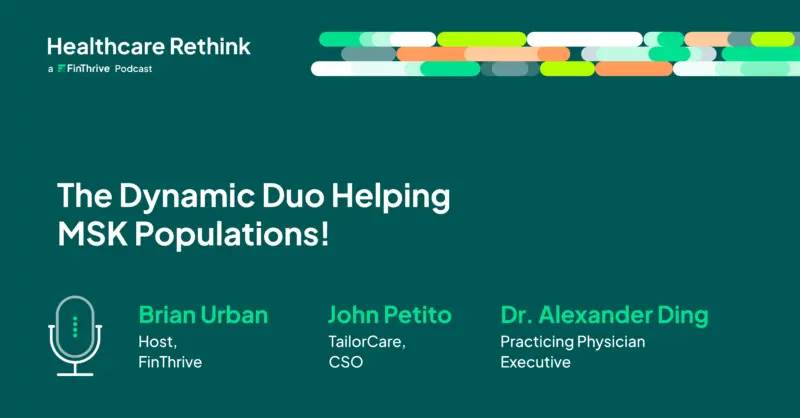What Updated Annex 1 Regulations Mean for Sterile Manufacturing Companies in 2023
Over the summer new GMP Annex 1 regulations were released by the FDA and EMA, prompting new changes to become standard protocolin sterile manufacturing companies. By August 2023, the regulations will take effect and companies will have to ensure that they are in compliance with the guidelines set. Discussing this on a new podcast, host Gabrielle Bejarano talked to Chris White, who is the Global Head of GMP at Adamas Consulting, about what’s new and different, and how manufacturing companies and facilities can meet the regulations of Annex 1.
Of the standout changes, White noted that Annex 1 makes a big distinction between what cleaning is versus what disinfection is, citing that the regulations detail specific differences, and specify that disinfection can only occur after cleaningis complete. Annex 1 emphasizes that there is an “acknowledging that surfaces can only be adequately disinfected once they’re clean —so you have the separation of cleaning versus disinfection,” said White.
He also added that there is a significant emphasis on “material transfer”,which according to White, is “monitoring the materials throughout your facility,and as they are transferred into your more critical areas, how to mitigate the impact of the risk of contamination during that process.”
Evidently, the updated Annex 1 regulations are placing a focus on higher scrutiny in the quality production of sterile manufacturing healthcare products.
A solution to avoiding contamination is the Benchmark Products Suite° line —a series of Ultra-Fiber material products-to help eliminate residue. Leftover residue is quite common in sterile manufacturing companies, and White said that the sources are normally the same culprits, which are disinfectants themselves, sporicidal agents, and even lubricants from equipment.Residues that are not removed can potentially harbor dormant bio burden and impact the effectiveness of disinfectants subsequently applied.
In terms of validating newly established SOPs that comply with Annex 1, Chris suggests choosing a time of facility shut down in an uncleaned area and conducting baseline environmental monitoring sampling. Following a cleaning according to the new SOP, sampling in the same locations is repeated to show an overall reduction in the level of bio burden.
He mentioned that the Benchmark Products Suite line offers“Ultra Fiber technology, which allows you to remove residues to make better surface contact with the surfaces that you’re trying to disinfect, and it also contains the contamination without transferring it from one surface to another.”
Companies that prioritize the cleaning steps and create a dedicated schedule for it will be on track to meet the compliance goals.


